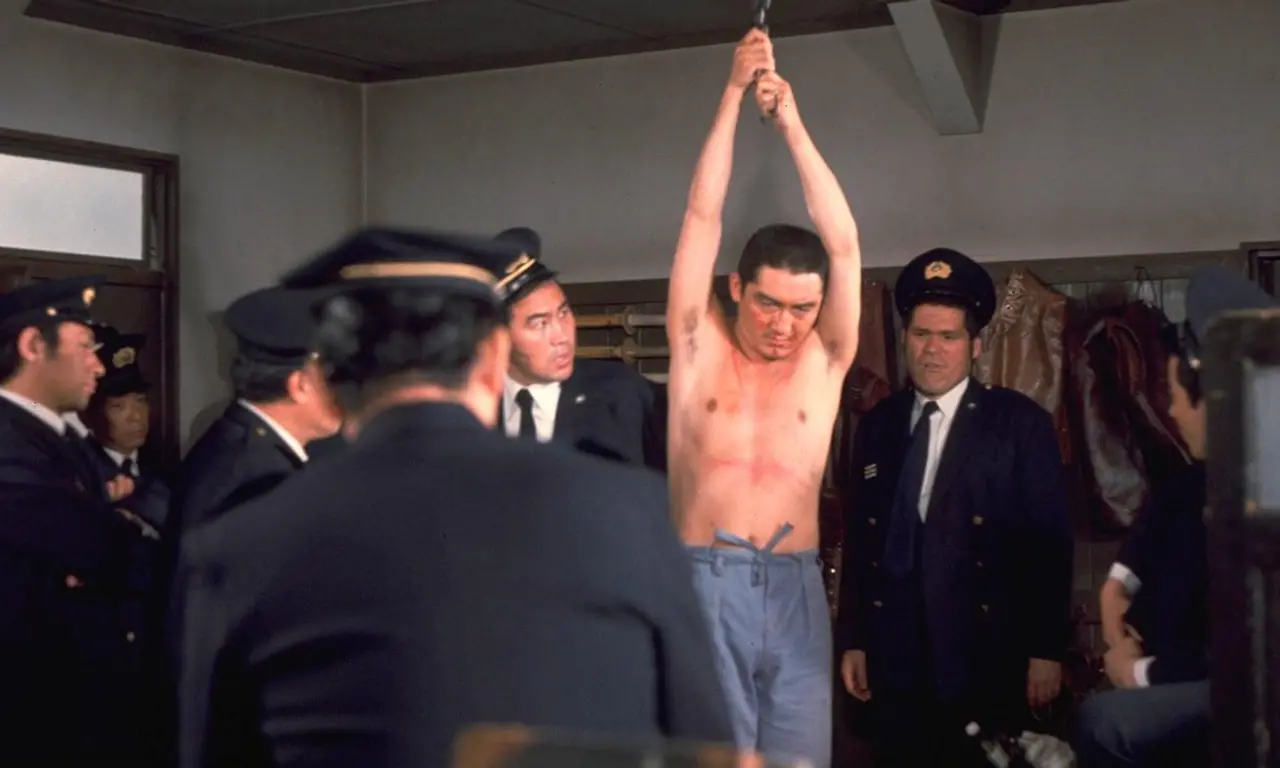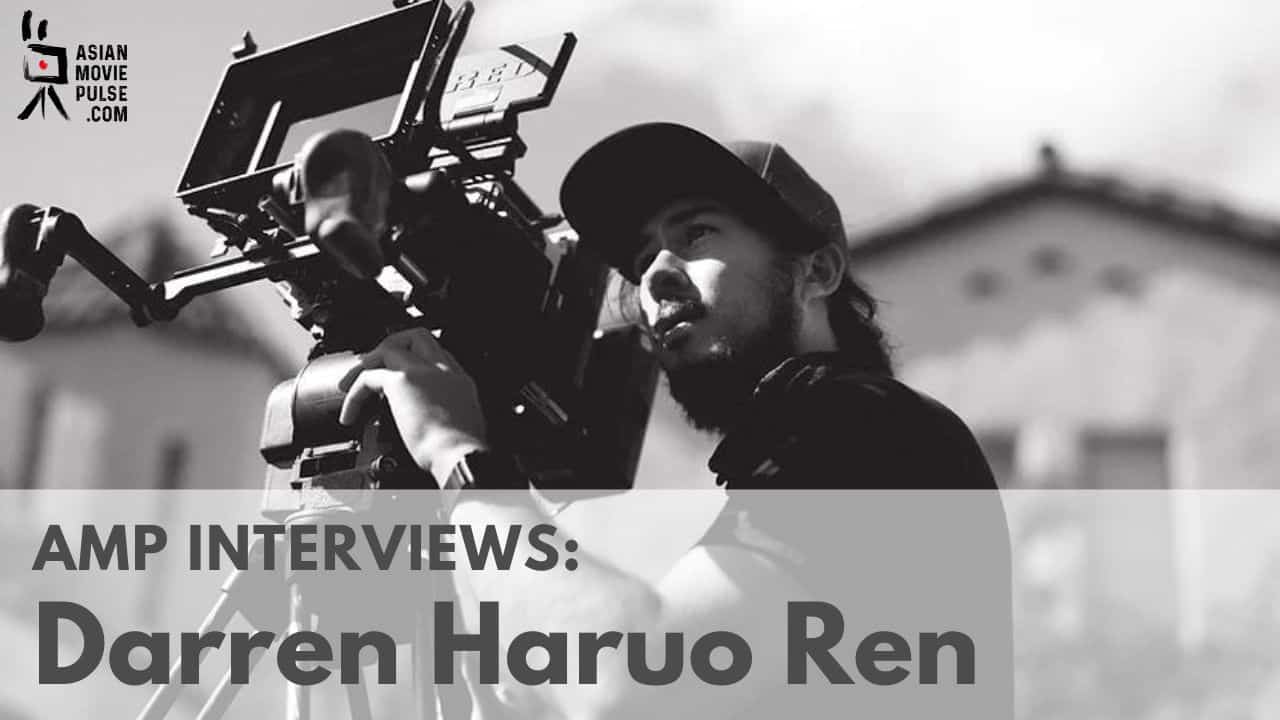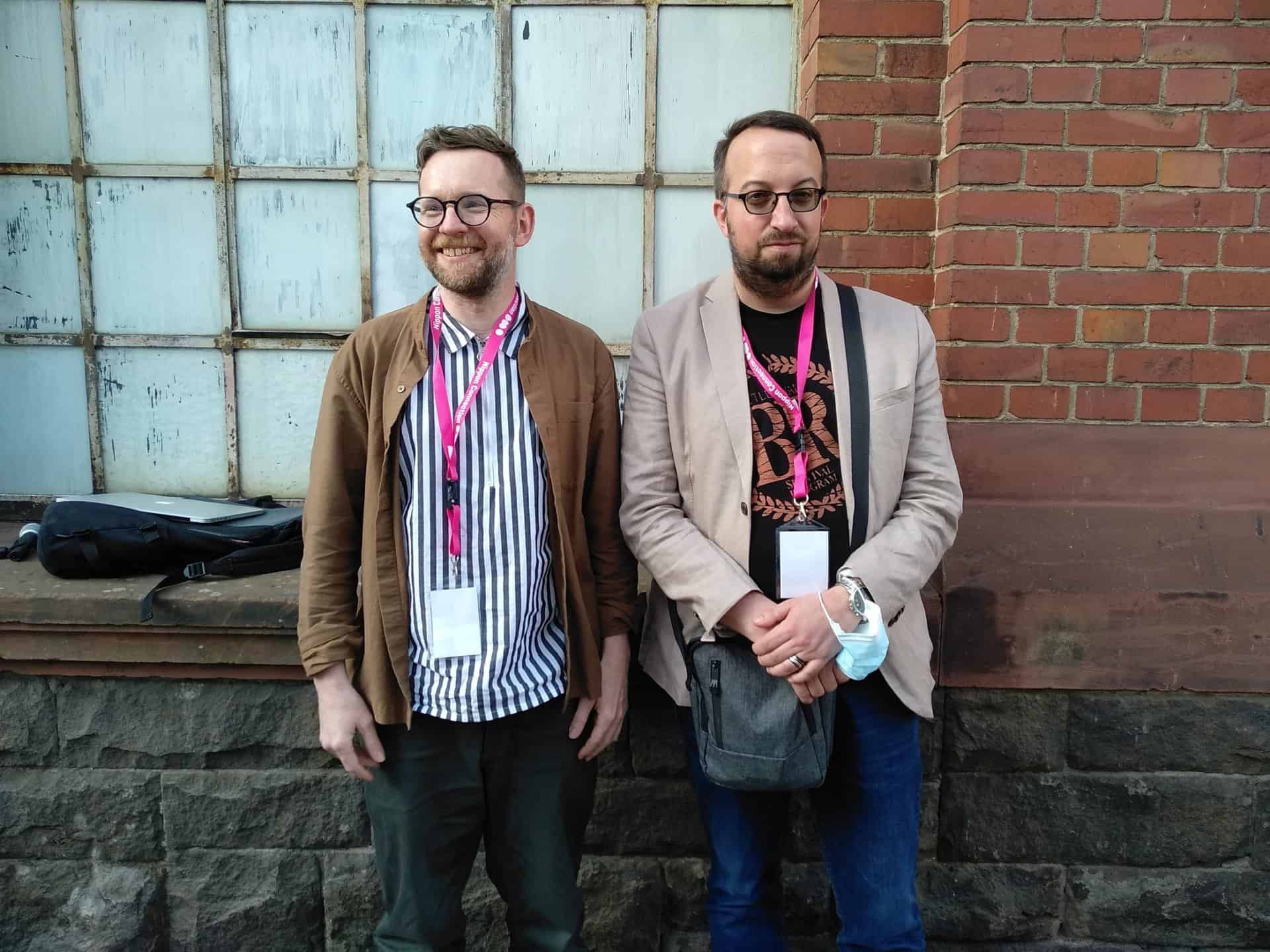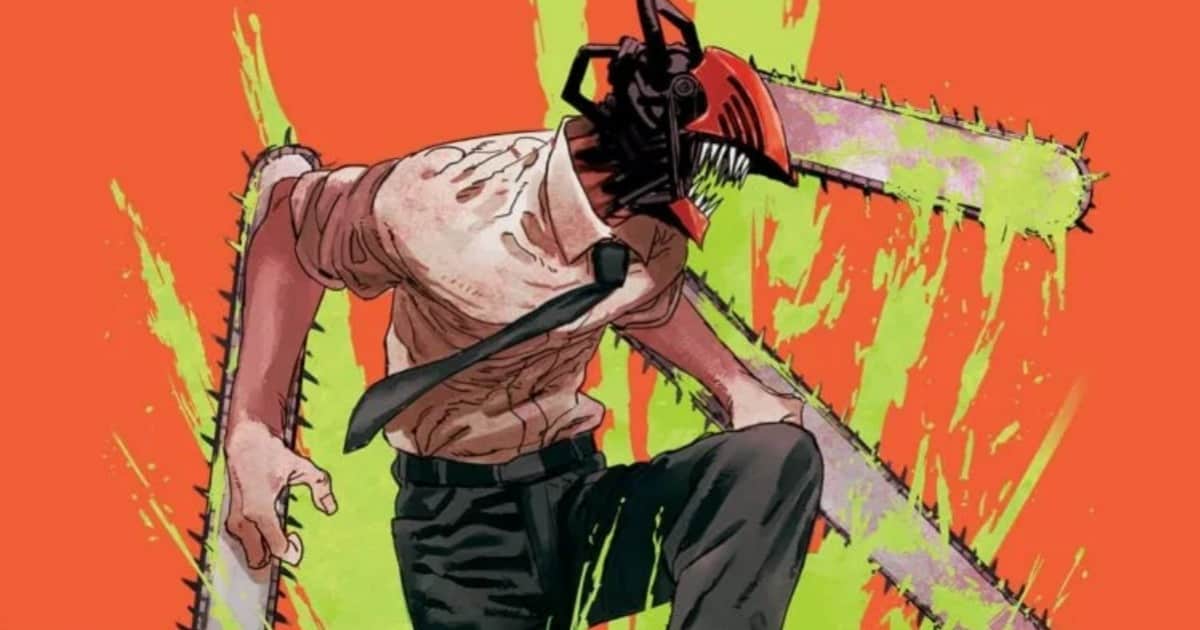by Daan Schneider
In “The Ark”, Dan Wei filmed his dying grandmother in a somber black-and-white and a 1:1 aspect ratio. The film premiered at IDFA 2020, as part of the competition for feature-length documentaries. We talked to the director about this deeply personal project.

Why did you want to make this film?
Dan Wei: My grandmother had been sick for a long time. I'm the second son of her first-born daughter. At the beginning of this year, I visited her in the hospital almost everyday, while she was on the verge of death. She used to take care of me when I was a child. We were very close. It was painful to see that she couldn't make it this time. I thought of recording her last days, as a memento. I didn't have a camera with me, so I used my phone. That's how I started recording my grandma, while looking after her.
How did you convince your family to let you film them so intimately and in such extreme circumstances?
I talked to my family before deciding to make the film. And I shot the film while also helping with medical care. Our family is very cohesive, like most families in China. My aunts and uncles are nice to me, as part of the younger generation. I explained my intention and they agreed.
How do you view the moral implications of filming someone who is on the verge of death?
I actually felt pain when shooting my grandma's suffering face. I had some moral concerns, but I loved my grandma so much that I put away my worries. Seeing it from a religious perspective, everyone will face illness, suffering and death, but our souls will have another journey beyond the human body. I believe my grandma would be with God, since she's a devout Christian, as am I. Therefore I don't think it was inappropriate to film her. Instead, I felt relief.

Why did you shoot in black-and-white and a 1:1 frame?
Black-and-white is pure and simple. It helps viewers to concentrate on the characters. The 1:1 picture delivers a sence of the sacred and of solemnity. The enclosed space is depressing.
And at a certain point, the screen widens.
The aspect ratio change implies that the contrast between the view of some of the family members becomes serious and irreconcilable. It's the moment when the characters release their suppressed emotions. The wider screen signals a breakthrough, and a sense of balance.
How did Covid-19 influence the shoot?
The pandemic became worse with each day. It didn't impact the shooting much at first, until one day there was a lockdown in the community where my grandmother's two daughters live. They were quarantined for three weeks. This experience was also recorded.
How did the pandemic change your thematic approach to the film?
As the pandemic broke out in Wuhan, my grandma's condition became worse. My family didn't give up on her, even though the hospital said there was little hope. I realised there was some kind of connection between my family's suffering and society's loss due to the pandemic. Soon, Covid-19 became a global disaster. I felt sorrow for all the human suffering, and I thought of Noah's ark – while my family was with my dying grandmother, the outside world was going through the pandemic, which was much like the end of the world. So, I used this context in my film.
What does the motive of the ark mean to you?
It's a metaphor for shelter and hope. I wanted to express the nothingness of life. God has love and mercy. Jesus Christ died for his chosen people, and his holy love and promise let us understand the meaning and value of living. My intention was to keep a family memoir. Hopefully it could drive people to think about their life and belief.















